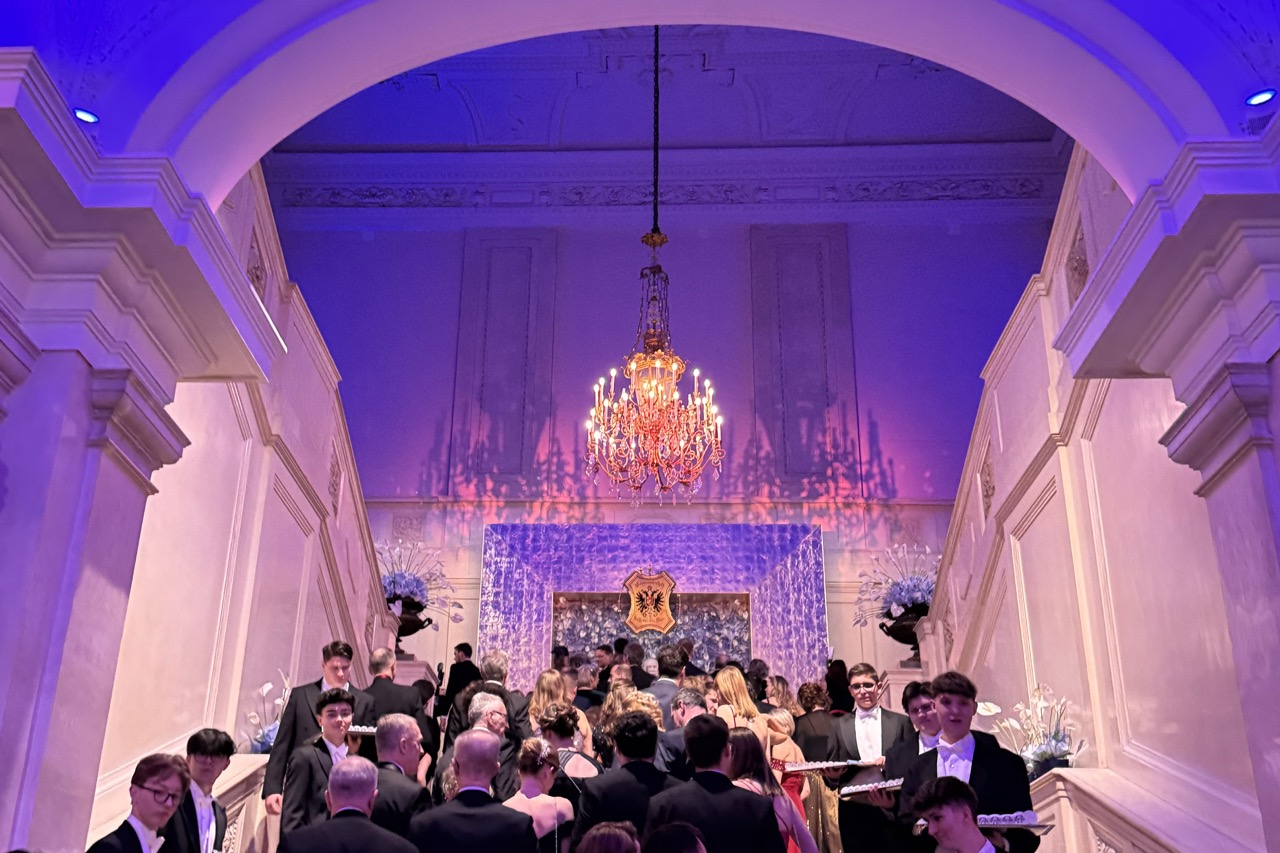Vienna is the Ballroom of the World
Every winter, more than 450 balls transform Austria’s capital into a stage of elegance, music, and timeless tradition. From imperial palaces to gilded concert halls, the city becomes a living fairytale where locals and visitors alike waltz until dawn.
At the heart of this season is the Viennese Waltz, recognized by UNESCO as part of Austria’s intangible cultural heritage. When the “Blue Danube” strikes midnight and thousands of couples turn together in unison, you understand why Vienna’s Ball Season is not just an event, it is a cultural phenomenon.
What Is a Viennese Ball?
A Viennese Ball is much more than a glamorous party. It is a centuries-old tradition that weaves music, dance, and etiquette into a cultural ritual. Each ball follows a carefully choreographed sequence:
-
The Grand Opening: Debutantes in white gowns and gloves, accompanied by young gentlemen in black tails, officially open the dance floor.
-
The Waltz as the Heartbeat: The Viennese Waltz sets the rhythm of the evening. At midnight, Johann Strauss’ Blue Danube fills the room and couples turn together in unison, a moment of pure magic.
-
The Quadrille at Dawn: No Viennese ball is complete without the traditional Fledermaus Quadrille. Playful and chaotic, it unites everyone on the dance floor in laughter and joy.
-
Dress Code & Elegance: White tie and tails for gentlemen, full-length evening gowns for ladies. Gloves for debutantes. The attire is not just fashion, it is a gesture of respect for tradition.
With hundreds of balls each winter, hosted by guilds, universities, associations, and cultural institutions, the Viennese Ball remains one of the city’s most cherished living traditions.
The Viennese Ball Calendar: An Insider’s Overview
Each winter, Vienna’s Ball Season stretches from November to February, with its peak in January and February. While every guild, university, and association has its own celebrated ball, a few traditions shape the rhythm of the season year after year.
The Season’s Highlights (Typical Timing)
-
Vienna Philharmonic Ball – Musikverein (late January) A night of music and mastery, hosted by one of the world’s greatest orchestras.
-
Vienna Ball of Sciences – Vienna City Hall (end of January) A modern, vibrant ball that celebrates research, innovation, and Vienna’s academic spirit.
-
Vienna Opera Ball – Vienna State Opera (mid-February) The pinnacle of the season, where debutantes in white open the floor before 5,000 guests.
-
Ball der Wiener Kaffeesieder – Hofburg (early February) A beloved institution celebrating Vienna’s coffeehouse culture in the imperial palace.
-
Concordia Ball – Vienna City Hall (late spring) Organized by Austria’s oldest press club, this elegant ball traditionally marks the close of the season.
The Wider Ball Landscape
Beyond these icons, the calendar overflows with faculty balls, guild celebrations, and community traditions. From the Medical and Law Faculty balls to student-organized events, each contributes to Vienna’s unique role as the world’s ballroom.
For the exact dates of the current season, see our up-to-date Viennese Ball Season Guide.
How to Prepare for Ball Season
Vienna’s balls are not casual soirées, they are rituals of elegance. Preparation is part of the magic.
1. Learn the Viennese Waltz
The waltz is more than a dance. It is your key to the ballroom. As Austria’s most sought-after certified Dance Master, I invite you to join my Signature Waltz Workshop, where you will master the steps, posture, and confidence needed to glide across the floor.
2. Dress the Part
-
Gentlemen: White tie and tails are the gold standard at the Opera and Philharmonic Balls; a tuxedo is accepted at others.
-
Ladies: A full-length gown is non-negotiable. Debutantes wear white dresses and gloves.Rentals from houses like Lambert Hofer ensure every guest can dress with refinement.
3. Choose the Right Shoes
Shoes are the true partner of every dancer. Vienna’s parquet floors demand stability and grace. That is why discerning dancers, from professionals to first-time guests, trust Paoul, Italy’s legendary maker of handcrafted dance shoes.
4. Book Early
Tickets, gowns, hotel rooms, and waltz workshops often sell out months in advance. Planning early ensures a relaxed and memorable evening.
Ball Etiquette: The Unwritten Rules
Viennese balls follow traditions that preserve their unique atmosphere:
-
Accept invitations to dance with grace; decline politely with a smile.
-
Gentlemen escort their partners onto and off the dance floor.
-
During the quadrille, expect playful chaos, it’s all part of the fun.
These courtesies ensure that every guest, whether local or international, feels part of Vienna’s centuries-old culture of elegance.
Why Vienna’s Balls Are for Everyone
From debutantes in white gloves to students celebrating faculty traditions, from international travelers to seasoned locals, Vienna’s Ball Season welcomes all who wish to step into its magic. It is at once a mirror of the city’s history and a living celebration of its present.
Your Invitation
The Viennese Ball Season is more than a series of glamorous nights, it is Vienna’s heartbeat in winter. Whether you are planning your first visit or returning for another season, let your journey begin with the waltz.
Book your Viennese Waltz Workshop and step into the magic with confidence.
Follow for more insider tips and inspiration:
Waltzing regards from Vienna,
Aga Bohun
Certified Dance Master · Founder of Waltz in Vienna
